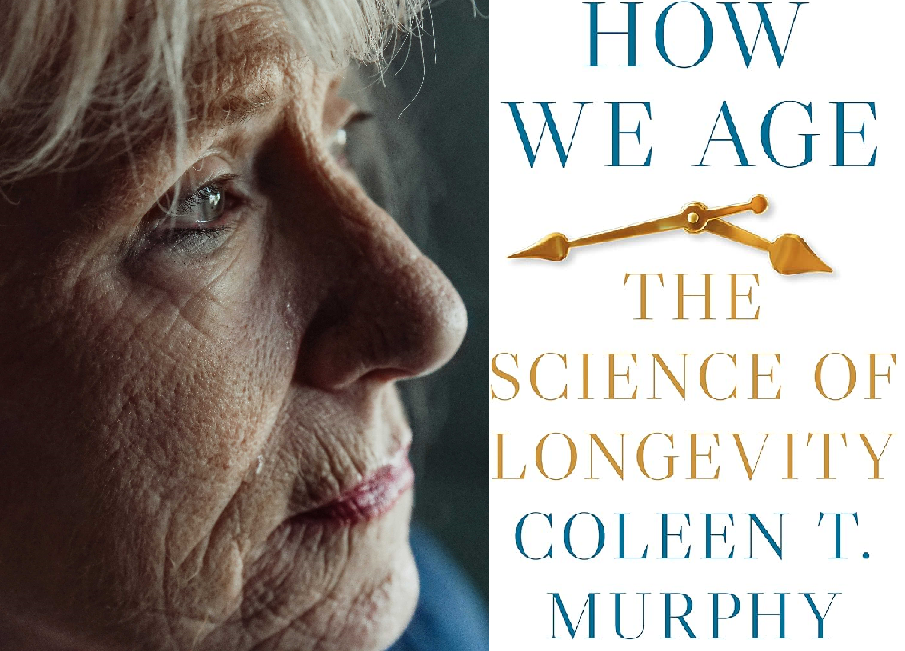Brain Makeovers and Baby Bootcamps: The Hilarious Journey of Parenthood Unveiled!

Hey there, fellow Earthlings! Let’s dive into the wacky world of pregnancy and fatherhood brain changes. Buckle up, because this study is about to take you on a rollercoaster ride through the neuroplasticity amusement park!
So, some brainiacs decided to study what happens to the noggin during the baby-making extravaganza. They rounded up 110 first-time moms and threw in 34 ladies who hadn’t ventured into the baby realm yet (aka nulliparous women). Late pregnancy was the testing ground, and guess what? Moms had lower brain volume than the control group. It’s like their brains were on a temporary diet!
But wait, there’s more! After the bun in the oven became an actual tiny human, the brain volume differences chilled out a bit. Default mode and frontoparietal networks tried to bulk up, but it seemed like they were taking their sweet time. It’s a brain workout, folks – some parts were slacking off, and others were trying to be the Arnold Schwarzenegger of the cerebral world.
Now, for the plot twist! They also checked out moms who went for the scheduled C-section route. Surprise, surprise – different strokes for different folks (or should we say brains?). The brain trajectory of C-section moms had its own funky dance moves.
But hold on to your thinking caps because the brain party doesn’t stop there! Daring researchers teamed up across the globe – Spain and California, baby! They corralled 20 soon-to-be dads and scanned their brains before and after the baby arrived. Talk about teamwork!
Guess what? The dads had some brain gymnastics too! Cortical volume took a dip in the default mode network and visual networks. Subcortical structures, on the other hand, decided to stay put like stubborn party guests refusing to leave.
In a nutshell, becoming a parent is like joining an exclusive club where your brain gets its own VIP treatment. So, if you thought parenthood was just sleepless nights and diaper duty, think again. It’s a brain makeover extravaganza, and everyone’s invited to the party!




